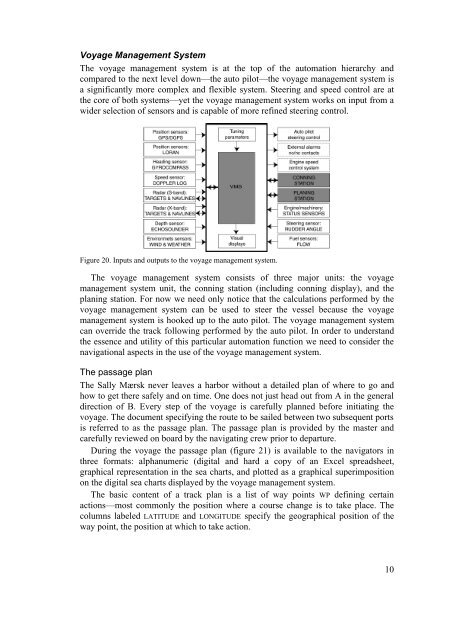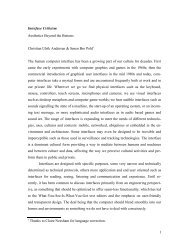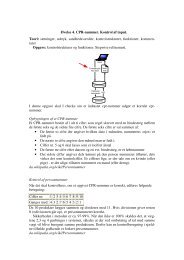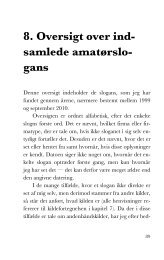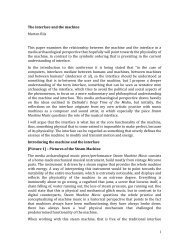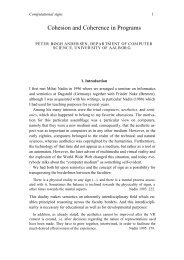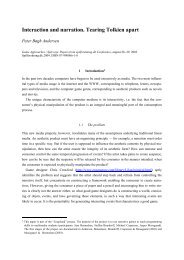Create successful ePaper yourself
Turn your PDF publications into a flip-book with our unique Google optimized e-Paper software.
Voyage Management SystemThe voyage management system is at <strong>the</strong> top of <strong>the</strong> automation hierarchy andcompared to <strong>the</strong> next level down—<strong>the</strong> auto pilot—<strong>the</strong> voyage management system isa significantly more complex and flexible system. Steering and speed control are at<strong>the</strong> core of both systems—yet <strong>the</strong> voyage management system works on input from awider selection of sensors and is capable of more refined steering control.Figure 20. Inputs and outputs to <strong>the</strong> voyage management system.The voyage management system consists of three major units: <strong>the</strong> voyagemanagement system unit, <strong>the</strong> conning station (including conning display), and <strong>the</strong>planing station. For now we need only notice that <strong>the</strong> calculations performed by <strong>the</strong>voyage management system can be used to steer <strong>the</strong> vessel because <strong>the</strong> voyagemanagement system is hooked up to <strong>the</strong> auto pilot. The voyage management systemcan override <strong>the</strong> track following performed by <strong>the</strong> auto pilot. In order to understand<strong>the</strong> essence and utility of this particular automation function we need to consider <strong>the</strong>navigational aspects in <strong>the</strong> use of <strong>the</strong> voyage management system.The passage planThe <strong>Sally</strong> Mærsk never leaves a harbor without a detailed plan of where to go andhow to get <strong>the</strong>re safely and on time. One does not just head out from A in <strong>the</strong> generaldirection of B. Every step of <strong>the</strong> voyage is carefully planned before initiating <strong>the</strong>voyage. The document specifying <strong>the</strong> route to be sailed between two subsequent portsis referred to as <strong>the</strong> passage plan. The passage plan is provided by <strong>the</strong> master andcarefully reviewed on board by <strong>the</strong> navigating crew prior to departure.During <strong>the</strong> voyage <strong>the</strong> passage plan (figure 21) is available to <strong>the</strong> navigators inthree formats: alphanumeric (digital and hard a copy of an Excel spreadsheet,graphical representation in <strong>the</strong> sea charts, and plotted as a graphical superimpositionon <strong>the</strong> digital sea charts displayed by <strong>the</strong> voyage management system.The basic content of a track plan is a list of way points WP defining certainactions—most commonly <strong>the</strong> position where a course change is to take place. Thecolumns labeled LATITUDE and LONGITUDE specify <strong>the</strong> geographical position of <strong>the</strong>way point, <strong>the</strong> position at which to take action.10


